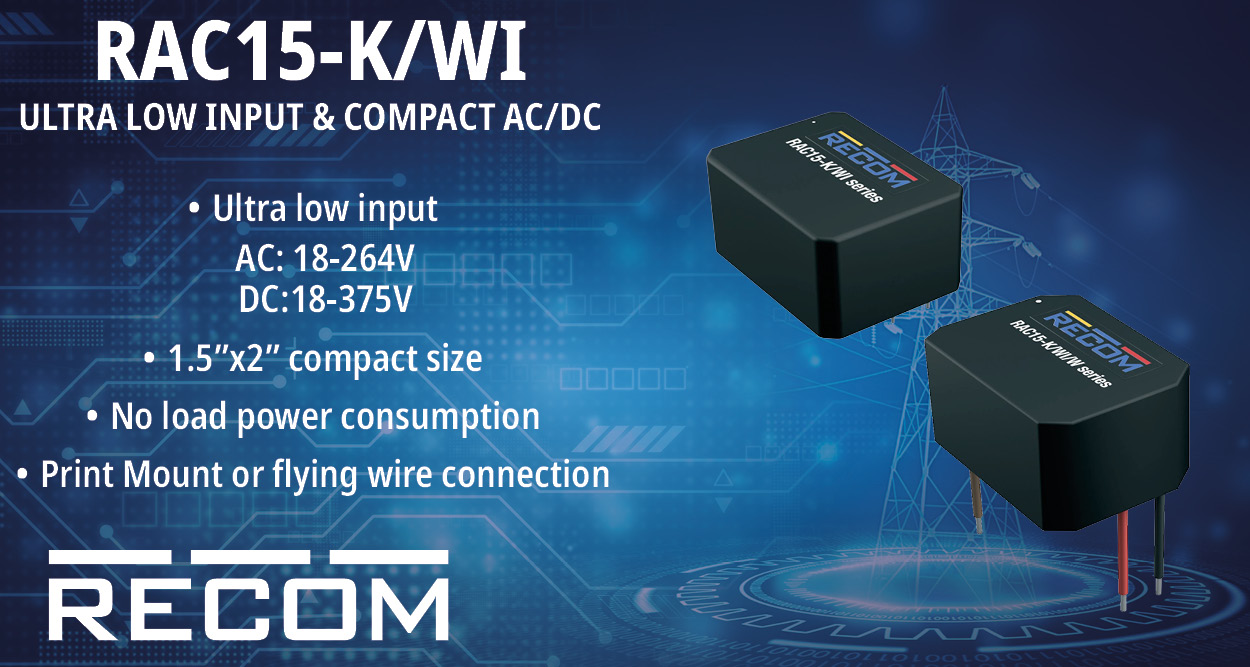Ever wonder what keeps your electric car running smoothly, your solar inverter humming efficiently, or industrial machines operating without a hitch? Behind the scenes, it all comes down to one critical process: power electronic testing. It’s not just about checking if things turn on; it’s about pushing components to their limits, exposing flaws before they cause failure, and ensuring every watt flows exactly as it should.
This article provides a comprehensive overview of power electronic testing, including its objectives, key parameters, testing methods, equipment, and emerging trends in the power electronic testing market.
What Is Power Electronic Testing?
Power electronic testing is the process of evaluating and validating the performance, safety, and reliability of devices and systems that control or convert electrical power. This includes testing individual components, such as transistors and diodes, as well as complete systems, including inverters, converters, and motor drives. The goal is to ensure that these systems operate efficiently, handle electrical stress, and meet industry standards under real-world conditions.
Why Is Power Electronic Testing Important?
Power electronic testing is crucial because it ensures that devices and systems operate safely, efficiently, and reliably under a wide range of conditions. These systems often handle high voltages and currents, and even a minor fault can lead to equipment damage, energy loss, or serious safety hazards. Testing helps detect design flaws, component failures, and thermal issues before they cause real-world problems. It also ensures compliance with international safety and performance standards, which is essential for certification, customer trust, and market approval.
Key Insights
The global power electronic testing market was valued at USD 6.01 billion in 2024 and is projected to grow at a CAGR of 8.4% from 2025 to 2034.
Types of Power Electronic Testing
Power electronic systems are complex and operate under various electrical, thermal, and mechanical conditions. Below are the main types of power electronic testing explained in detail.
Component-Level Testing
This type of testing focuses on individual power electronic components such as diodes, MOSFETs, IGBTs, capacitors, and inductors. These tests are performed to validate key electrical characteristics, including voltage ratings, current handling, switching speed, thermal resistance, and failure thresholds. Component-level testing is crucial to ensure that each component meets its design specifications before it is integrated into a larger system.
Circuit-Level Testing
At the circuit level, testing involves evaluating the performance of functional blocks, such as converters, inverters, and rectifiers. This includes verifying voltage regulation, current control, efficiency, switching behavior, and thermal performance under various load conditions. Circuit-level testing ensures that the power stage functions correctly within a system and that protection features, such as overvoltage and short-circuit shutdown, operate as intended.
System-Level Testing
System-level testing assesses the overall performance of an assembled power electronic system, such as a motor drive, electric vehicle powertrain, or renewable energy inverter. It examines how well the system operates under full-load conditions, how it responds to faults or sudden load changes, and how efficiently it converts or controls power. This level of testing is often the final validation step before a product is released to the market.
Environmental and Stress Testing
Environmental and stress testing simulate extreme operating conditions to evaluate the durability and reliability of power electronics over time. This includes thermal cycling, humidity exposure, vibration, and high-voltage or high-current stress tests. The goal is to identify weaknesses that may not be apparent under normal conditions but could lead to failure in the field.
EMI/EMC Testing
Electromagnetic interference (EMI) and electromagnetic compatibility (EMC) testing are essential to ensure that power electronic systems do not emit excessive electrical noise or malfunction due to external disturbances. These tests verify compliance with regulatory standards and are particularly important in applications such as automotive, aerospace, and industrial automation, where clean and stable signal environments are crucial.
The Rising Demand for Power Electronic Testing Market
- The growing adoption of electric vehicles (EVs) is significantly boosting the demand for power electronic testing, as these vehicles depend heavily on high-efficiency power conversion systems integrated into their architecture.
- The worldwide growth of renewable energy systems is driving the need for power electronic testing, as solar and wind installations increasingly rely on inverters, converters, and advanced grid interface technologies.
Power Electronic Testing Trends
Power electronic testing is evolving with the rise of advanced technologies, such as SiC and GaN semiconductors, which require faster and more precise testing tools. There’s a growing shift toward automation, remote diagnostics, and simulation-based testing to improve efficiency and reduce development time. AI and machine learning are also being integrated for predictive maintenance and real-time fault detection, paving the way for smarter, more reliable power systems.
In Conclusion
As power electronics continue to drive innovations in electric vehicles, renewable energy, and industrial automation, the importance of thorough power electronic testing cannot be overstated. This critical process ensures that devices and systems perform safely, efficiently, and reliably under all conditions. With the power electronic testing market growing rapidly and new technologies emerging, power electronic testing is evolving to become faster, smarter, and more precise, securing the foundation for the future of modern electrical systems

















